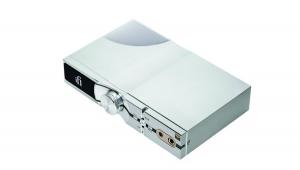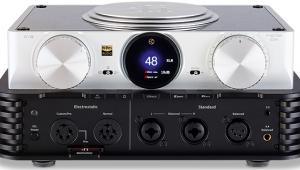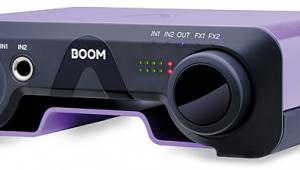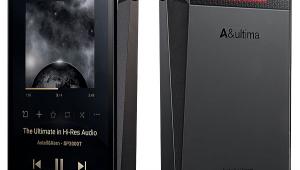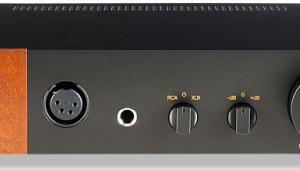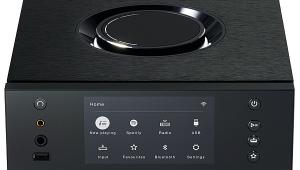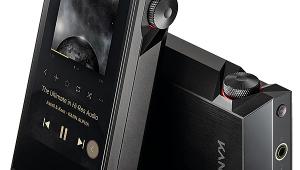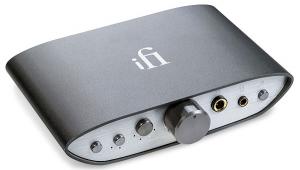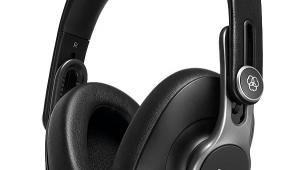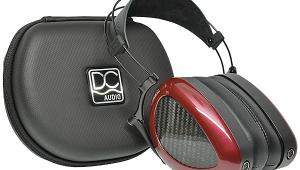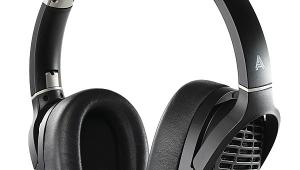Ringing on the ears... Page 2
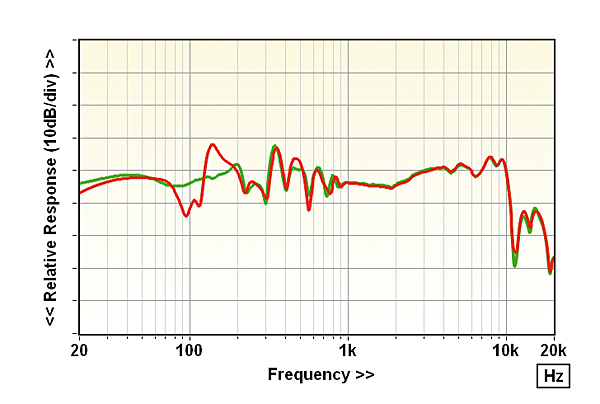
Above about 200Hz the traces are very similar but at around 140Hz there seems to be a resonance that disappears when the active capsule is compliantly isolated. While this could be due to a resonance within the artificial head, I'm more inclined to ascribe it to the headphone being stretched wider in the process of adding the isolated baffle.
Not An Issue
I wouldn't expect the head to resonate at this frequency (I chose the layered construction to suppress resonance), and if it does then why is a resonance at around 140Hz notably absent in the other results (some of which we've yet to see)?
I'm pretty confident as a result that structural resonances within the head are not an issue but were they ever to be then applying a thin layer of damping material between each layer of MDF during assembly would probably be sufficient to supress them, or a hollow head could be filled with kiln-dried fine sand to similar effect.
Travel By Air
Something else we should check and eliminate too is the possibility that acoustic coupling through the air is occurring between the two capsules. Because both the PSB and NAD have sealed, closed-back capsules this seems unlikely, nevertheless we should test it.
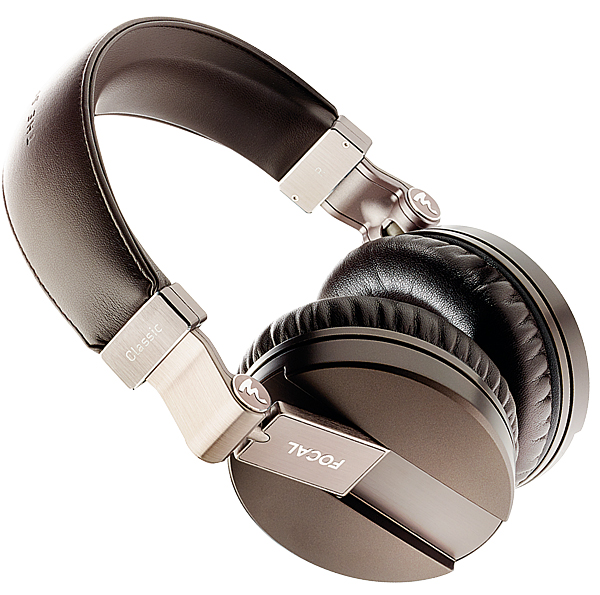
This I did by placing a cardboard box full of polyester speaker wadding on its side close to the active capsule, so that the wadding surrounded it. This should be effective at absorbing any sound radiated from the active capsule down to a few hundred hertz but, as Figure 5 shows, it made little difference to the PSB measurement. This should reassure us that we really are seeing the effect of the headband in Figs 1 and 2 – not resonances within the artificial head or acoustic coupling between the capsules via the air.
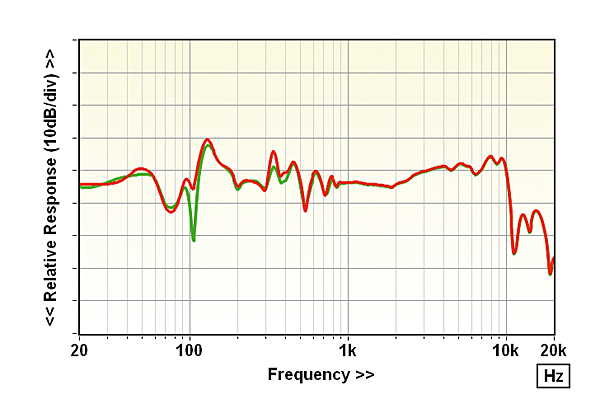
Having established that this simple measurement method gives credible results – results, moreover, that support my subjective observations of headband resonance – I was keen to repeat the tests on some other headphones I have to hand. First I tried the Focal Spirit Classic, another closed-back design, with the results shown in Figure 6. As before, the black trace shows the frequency response from the active left capsule with its headband raised off the head, the red trace the right capsule response with the headband raised and the green trace the right capsule response with the headband lowered.
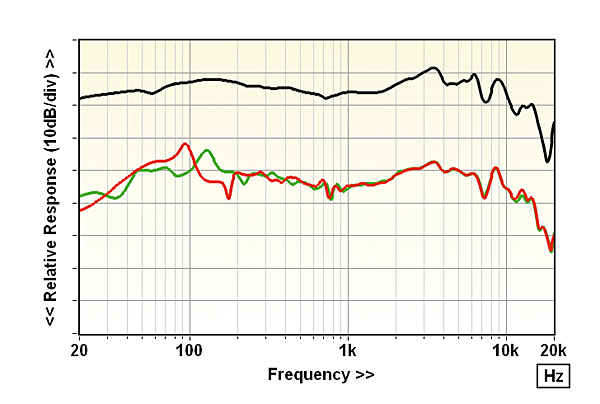
It's pretty clear from this that the Focal's headband is better behaved than either the PSB's or the NAD's but still there is one low frequency resonance apparent that will probably be audible.
Open-Back 'Phones
At this juncture it wasn't at all clear that open-back headphones could be tested in the same way without acoustic coupling between the capsules being an issue. But anxious to measure one of my favourite headphones, the open-back Sony MDR-MA900 [HFN Oct '12], I gave it a try – with the gratifying outcome that acoustic coupling proved to be no problem at all.

Figure 7 shows the Sony result but here the three traces are not as previously: the black trace shows the left capsule response with the headband touching the head (the Sony has insufficient head clamping force to hold its headband free), the red trace shows the right capsule response and the green trace the right capsule response with the box of acoustic wadding in place to suppress the left capsule's acoustic output.

As you can see, the red and green traces almost overlap so acoustic coupling is not significant. And while the inactive capsule response is only a little over 20dB below that of the active capsule, there is no sign here of the headband resonance peaks so obvious in the previous designs.
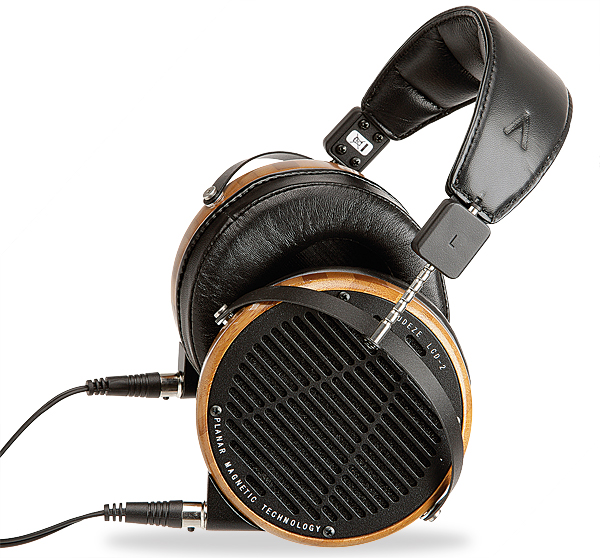
Room Noise
An even better result was obtained from the Audeze LCD-2, reviewed in the March 2013 issue of HFN (Figure 8, trace colours the same as for the Sony). Here the response from the inactive capsule is about 40dB down on the active capsule – low enough that I suspect ambient room noise of affecting the result – and again there is no obvious sign of low frequency headband resonance.

Is this low level of vibration transmission the result of the fact that the Audeze LCD-2 is built using a lighter diaphragm? That has to be the most likely factor. Case proved, I think, that headband resonance is a real problem with certain headphones, and that vibration transmission from one capsule to the other varies widely between different designs. But what to do about this?
Easy To Hear
First, headphone manufacturers must take the issue of headband resonance more seriously. It is easy to hear, easy to measure and – as some headphones demonstrate – amenable to control with careful design and choice of materials.

Second, even in the absence of obvious headband resonance we could do with understanding just how significant the effect of inter-capsule vibration transmission is.
In providing a measure of low-level channel mixing it is possible that it is not much of a problem at all. If it is then – as I've suggested before – compliant isolation of the drive units, effective from low frequencies, might be needed to suppress it.
